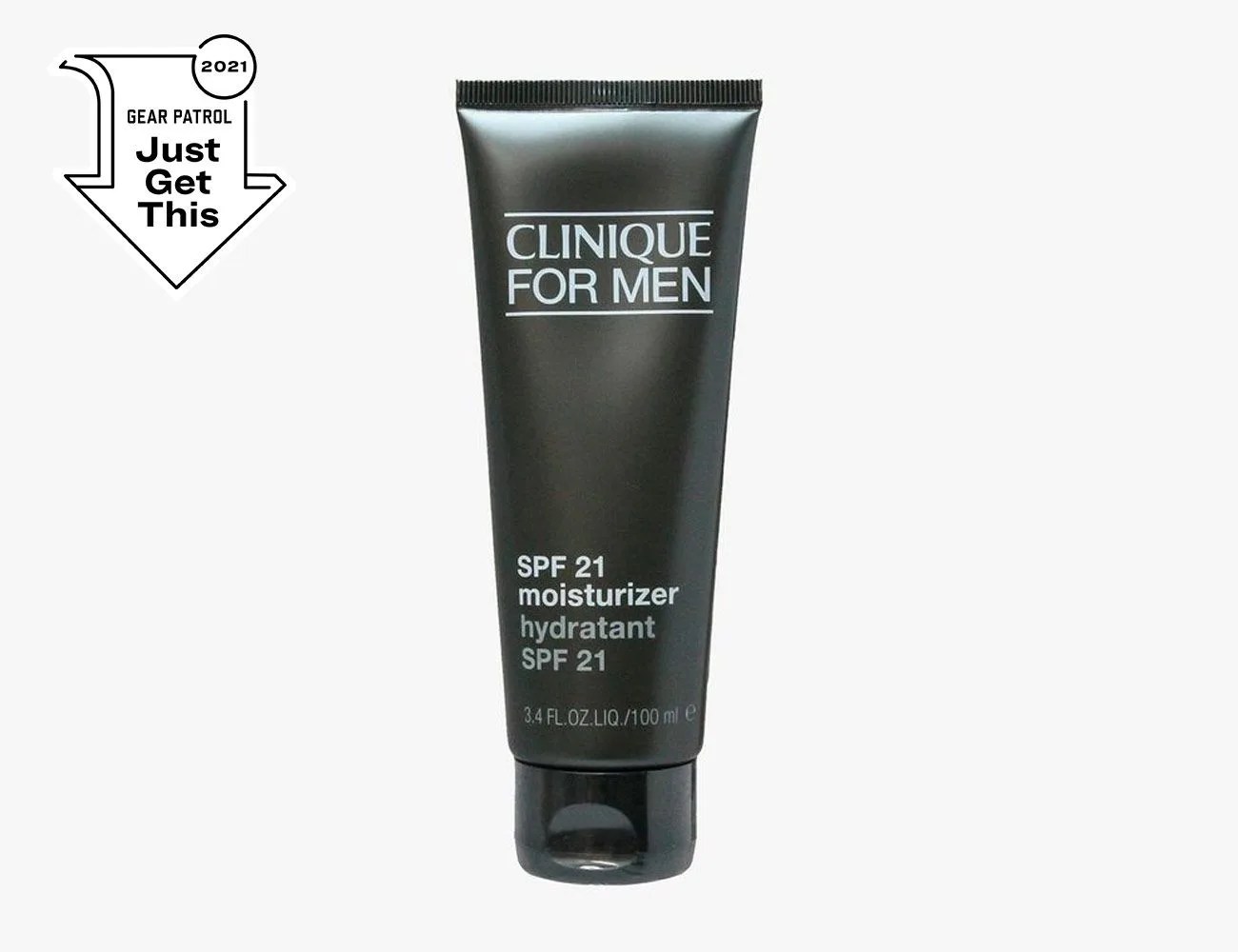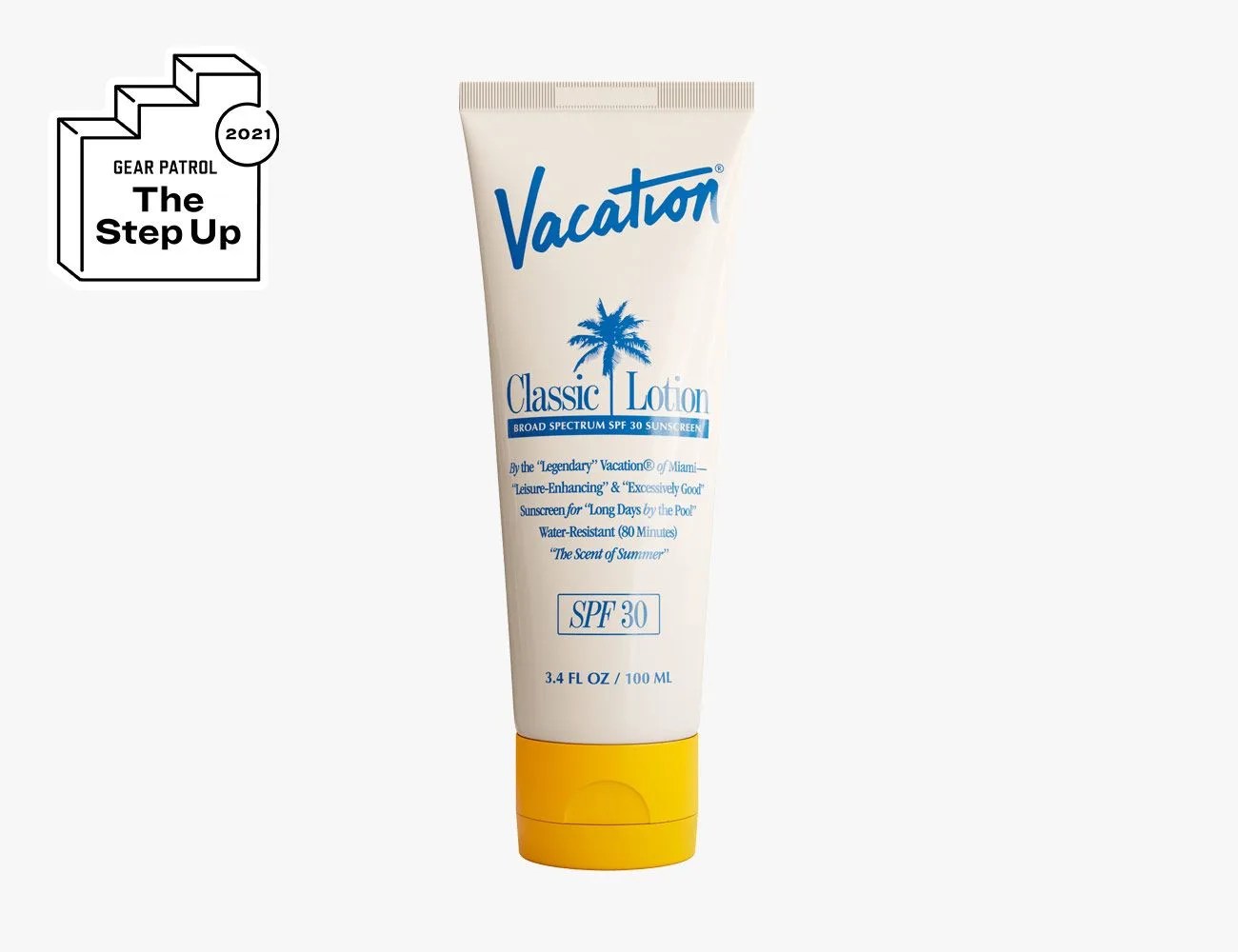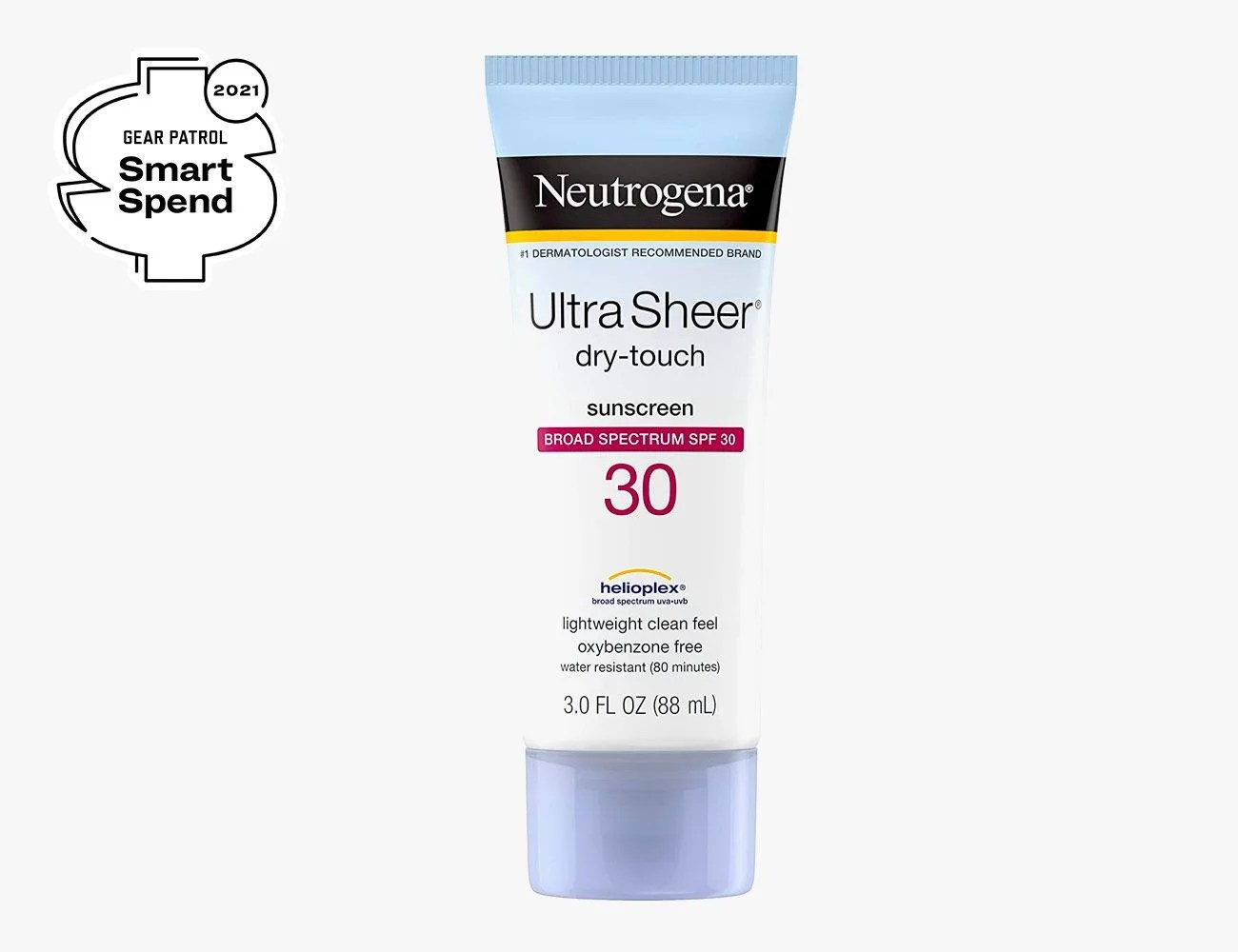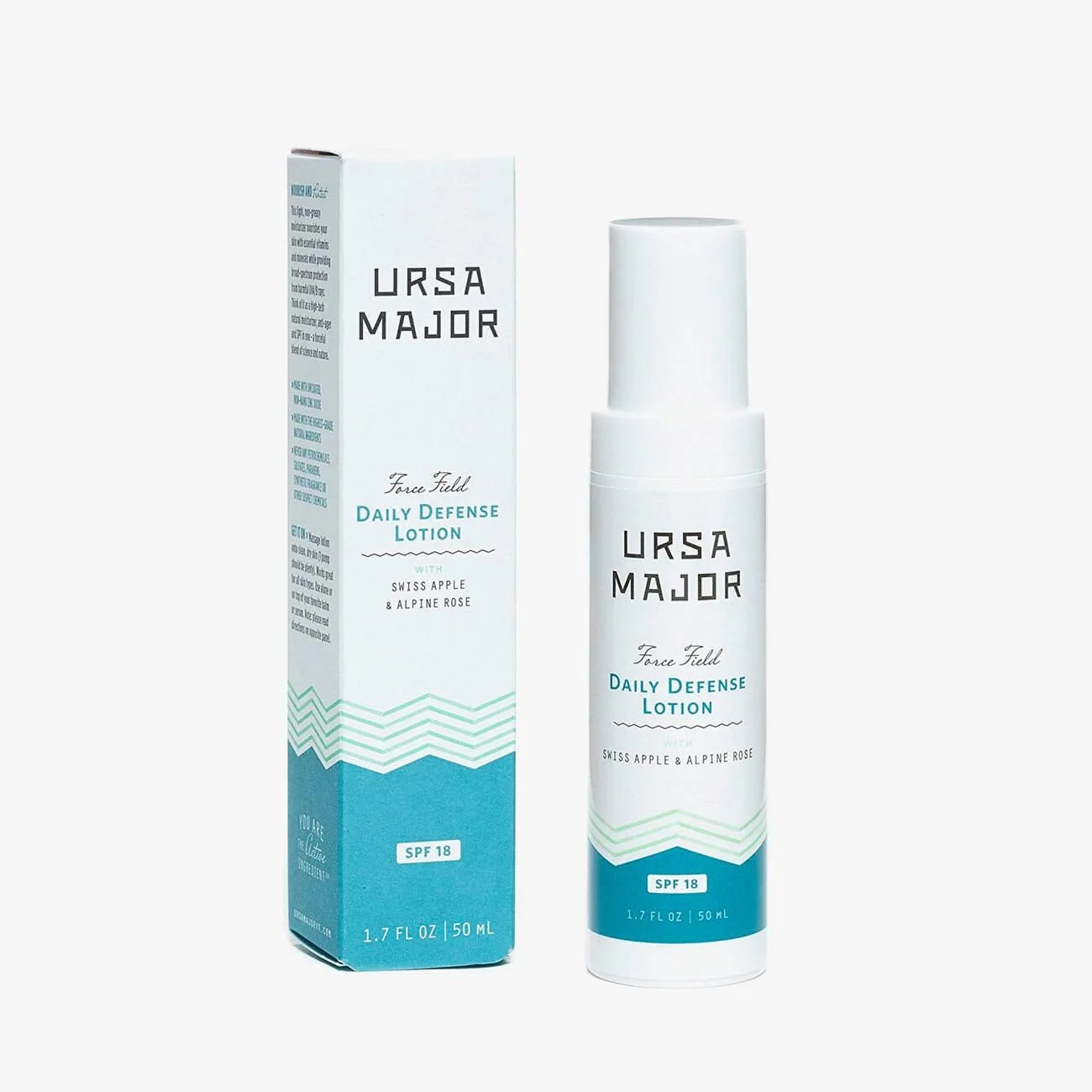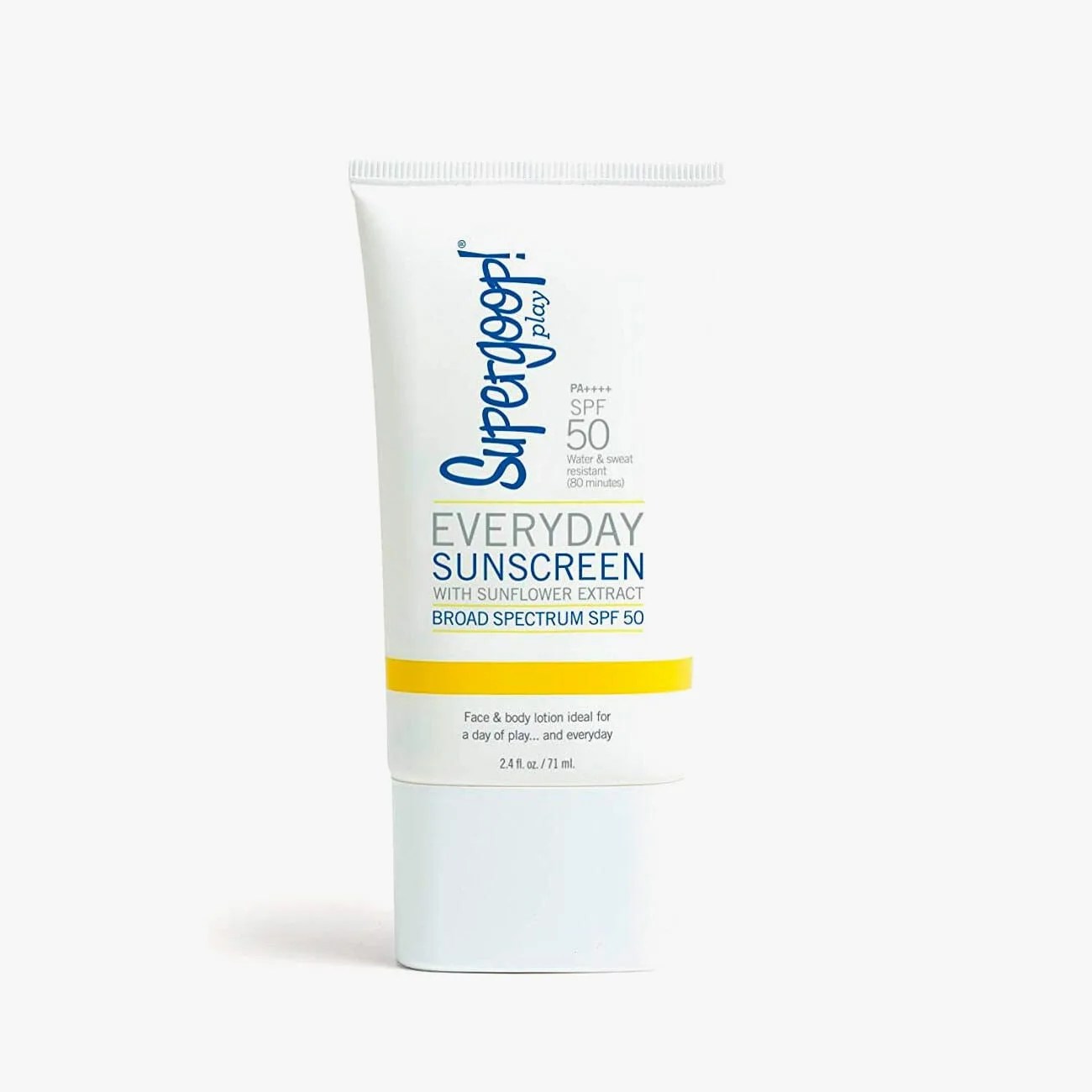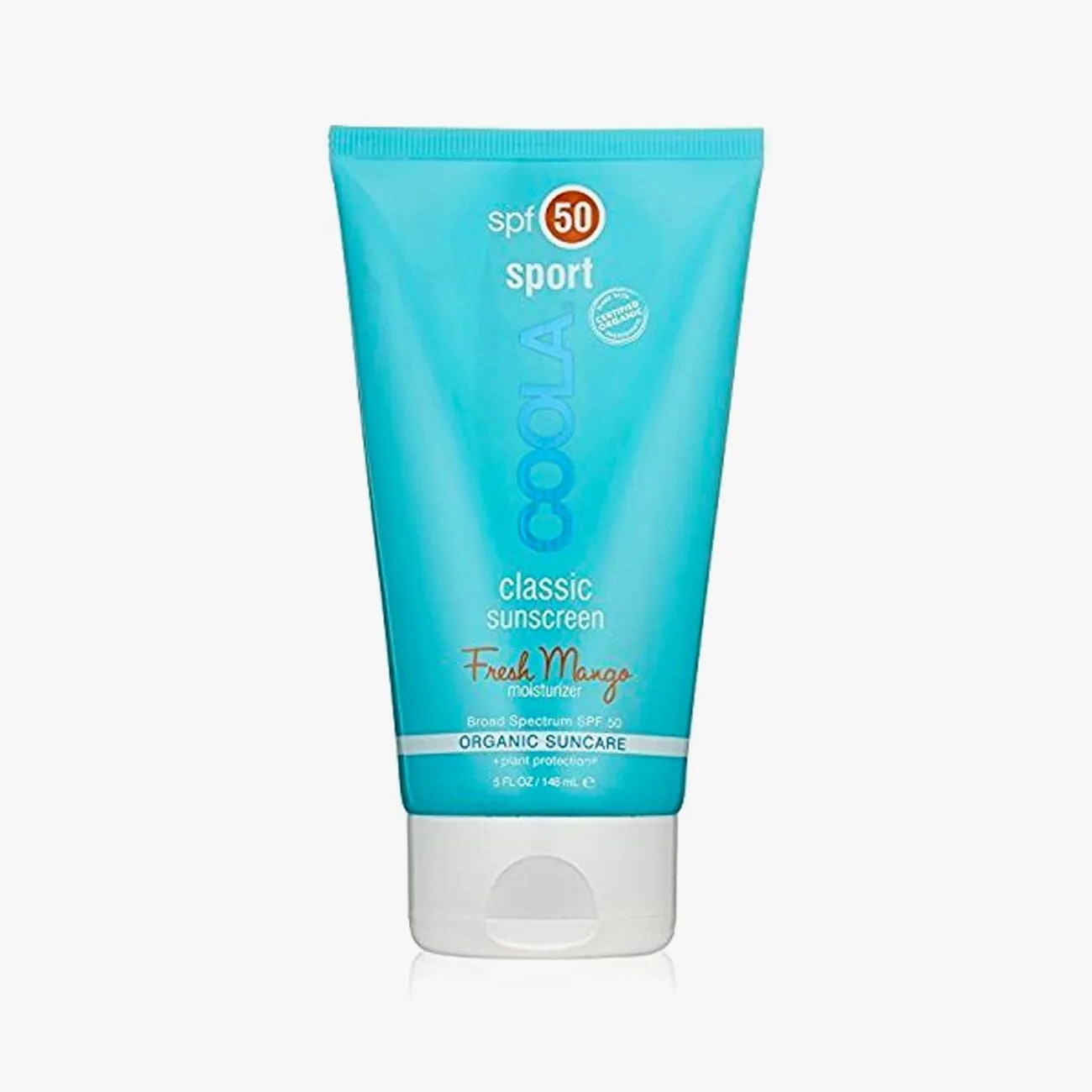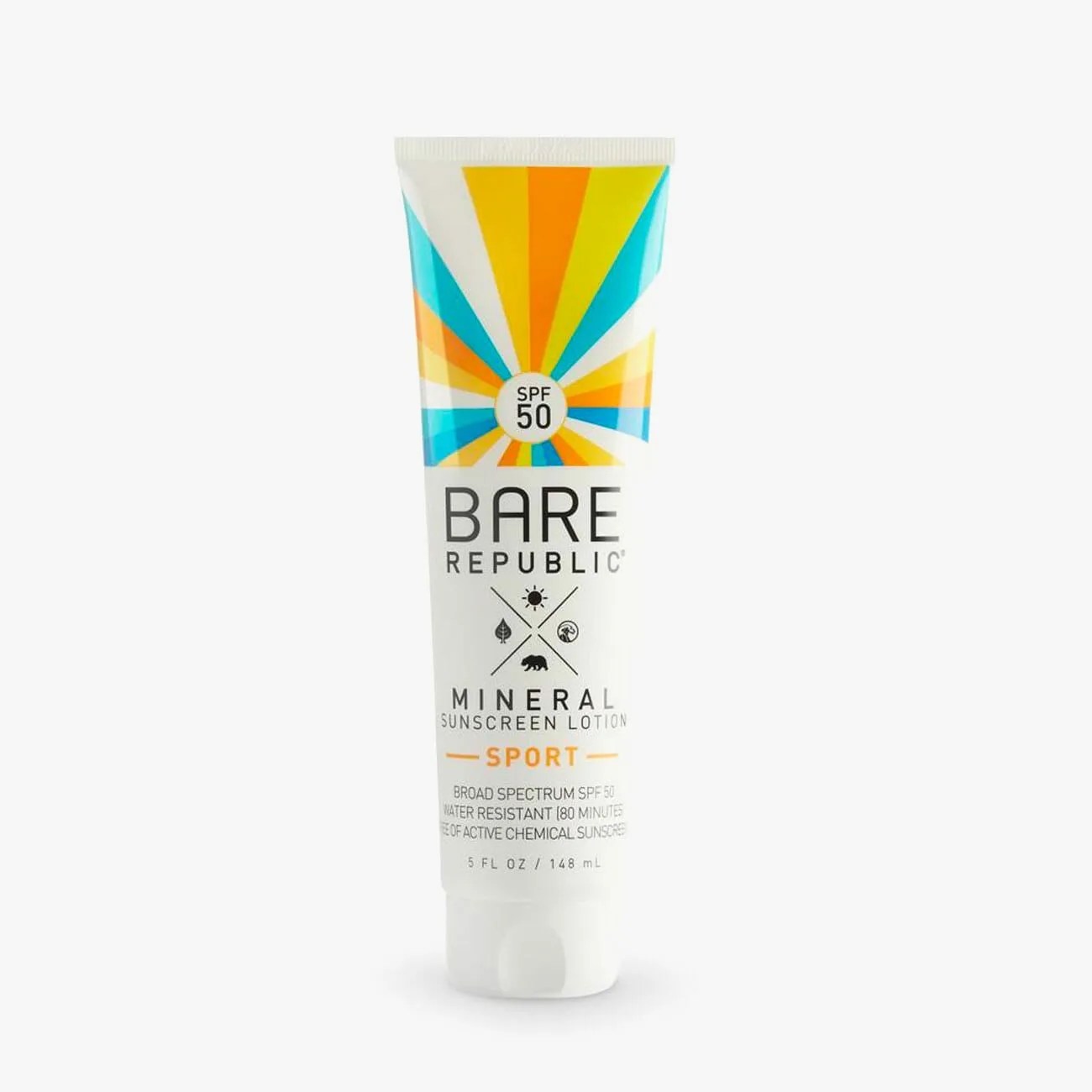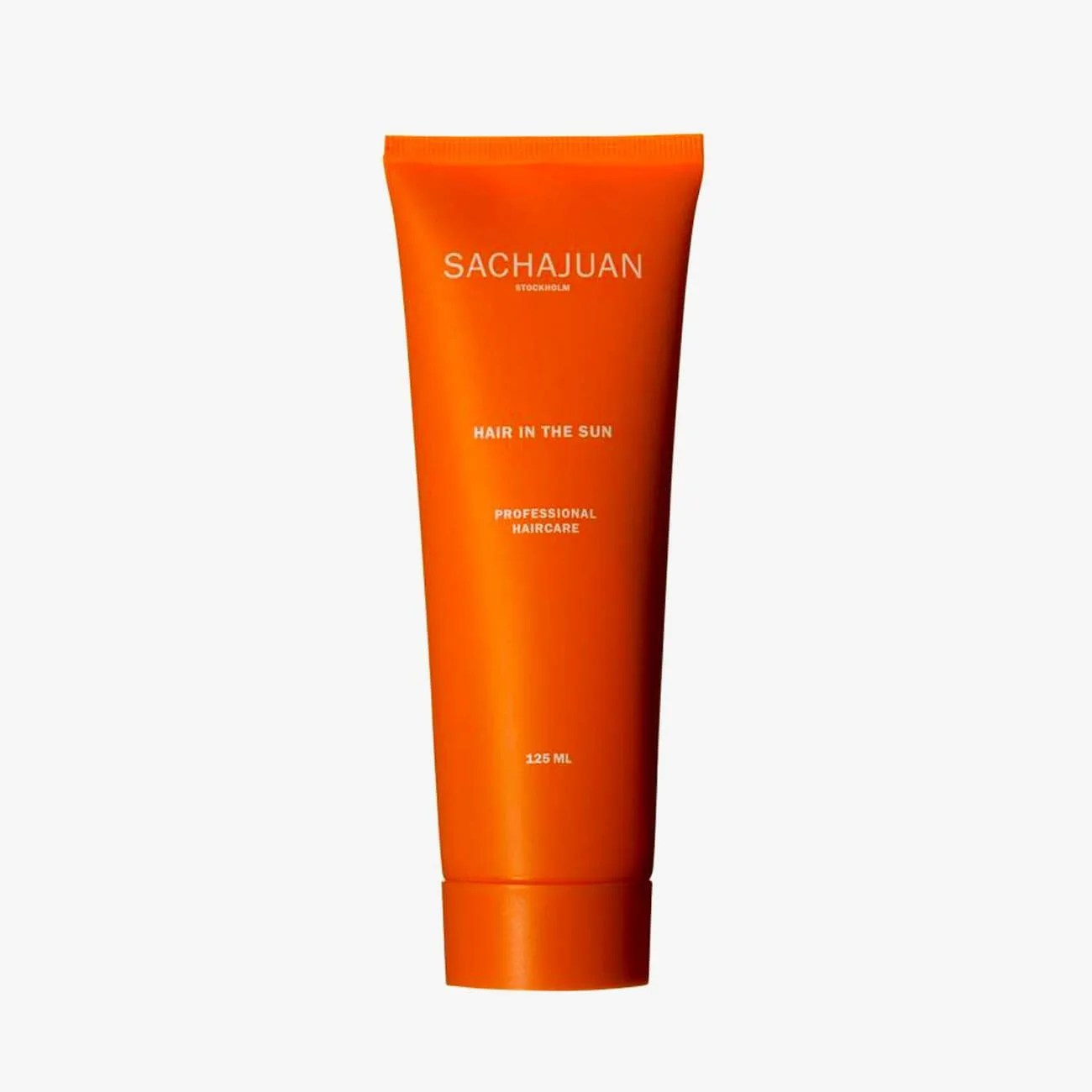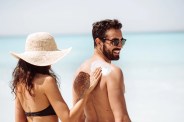You could ask any Average Joe to explain SPF and UV protection, and each Joseph will give a different answer. You could ask any know-it-all for a sunscreen recommendation, and you’d get an endorsement without discernment for ingredients, intent or benefits (beyond the sunblock itself). Can these guys even tell you the difference between UVA rays and UVB rays, much less how SPF 15 differs from SPF 30? It’s not likely.
None of this is hard to figure out, so long as you don’t source your colleagues or Reddit for advice. To make things easier for you, and to offer up our favorite sun-stopping products (from moisturizing to water-resistant to hair-shielding), here’s a buying guide for SPF, with intel on all the acronyms, ingredients, and brands you ought to know.
Additional contribution from Evan Malachosky.
Terms to Know
UVA: Ultraviolet “A” rays can penetrate deep into the skin. This leads to premature aging, or “photoaging” — fine lines, wrinkles, leathery skin and sun spots.
UVB: Ultraviolet “B” rays are superficial and cause sunburn. They are also responsible for the formation of melanoma (skin cancer).
Broad Spectrum: If a sunscreen is “broad spectrum,” it protects against both types of ultraviolet rays. You should only buy products that offer broad-spectrum protection.
SPF: Sun Protection Factor. So many sources will explain this in different ways, so it’s best to rely on the Skin Cancer Foundation’s overview: SPF measures the UVB protection of a sunscreen. (You can assume that UVA protection holds strong, while UVB defense wavers.) Unprotected skin takes 20 minutes to redden and burn in the sun, so an SPF 15 sunscreen or moisturizer will extend that 15 times longer, or roughly 5 hours. (You should play it safe and reapply after 2-3 hours, though.)
They also explain it in terms of percentages, which explains why you might experience more of a skin tan using SPF 15 than SPF 30: SPF 15 blocks about 93 percent of UVB rays during this time. SPF 30 doesn’t block double the rays; it simply ups the ante to 97 percent, whereas SPF 50 takes it to 98 percent.

